A fabulous day at Ranthambore Fort
Ranthambore Fort is one of India’s most impressive monuments, and no one is quite certain who built it and when.
A stone plaque at the site claims it was built by Maharaja Jayanta and ruled by the Yadavas until they were driven out by Prithvirja Chauhan in the 12th century. Other research (and what I read many places on the internet) suggests the fort was started by a Chauhan warrior way back in 944 AD.
It’s unlikely we’ll ever know the exact details, but one look at the fort confirms it was one of the strongest in India. It has an impressive elevated position—700 metres above the surrounding plains—with panoramic views of Ranthambore National Park and even larger tiger reserve.
It is surrounded by massive walls—seven kilometres of them—and has four large gates. History says the fort was so strong and so inaccessible that even the rulers of Delhi and Agra found it a challenge.
But the only challenges we had were climbing the many stairs, chatting with groups of giggling school girls and other ‘pilgrims’, and dragging ourselves out after a half-day of exploring.
You need time to see the fort’s many structures. There are palaces, residential buildings, barracks, temples and a mosque. Luckily the grounds are a wonderful place to walk and, as usual, Poor John walked with his hands behind his back. I’ve said before that this technique is both genetic and catching and, sure enough, Gary adopted it.
Without doubt, the biggest attraction is the Lord Ganesha temple. Located near one of the main gates and not far from the Gupt Ganga, the temple draws ‘pilgrims’ from all over India and the world. They come seeking blessings from Lord Ganesha. Devotees and young couples also send letters to this deity, asking for a specific blessing.
Near the temple, we saw hundreds of stone ‘prayers’. Pilgrims gather stones and build small structures that relate to requests for prosperity, wealth, health, employment and the like.
The temple is also popular with wildlife. We saw troops of langur monkeys hanging around the place. They do a lot of nit-picking—literally. But they’ve also figured out that they can steal a pilgrim’s offering of marigolds, or be obnoxious enough that a pilgrim will buy an outright ‘donation’ for the monkeys.
Plenty of cows meander around too and we saw a hilarious exchange amongst the beasts. A cow trod on a monkey’s tail. The monkey jumped and whirled around just in time to suspect another monkey of being the culprit. Oh, the mayhem and retribution that followed. We quickly moved away so we didn’t fall among the accused.
Lord Ganesha temple is not far from Gupt Ganga, a perennial spring. In days gone by, Gupt Ganga was a popular place for bathing, and we noticed that nothing has changed. Good for laundry too. Fishing cats like to visit Gupt Ganga, but none showed up while we were there.
The fort has more water nearby. It overlooks Padam Talao, the largest of three lakes within Ranthambore National Park. The lake is a popular watering hole for tigers, but trees obscure much of the view.
The famous Jogi Mahal Forest Rest House is on the lakeshore. Built as a hunting lodge for members of the royal family of Jaipur, the Jogi Mahal has welcomed VIPs from around the world. Bill Clinton stayed there when he was US president. Sadly, it’s no longer open for tourist accommodation.
But my favourite spot in the fort has to be the Cenotaph of Hammir dev Chauhan. Sitting in the midst of a beautifully landscaped garden, the temple is a visual feast. There are 32 pillars and an eternal flame, which you can only-just see because it is enclosed and underneath the temple’s main platform. A matching, but never-completed, temple is opposite.
If I lived nearby, I think I’d visit Ranthambore Fort regularly. And it was such a wonderful surprise after the previous day’s disappointing game drive in Ranthambore National Park.
A little history
The fort’s most prominent ruler was King Rao Hammir, the last ruler of the Chauhan dynasty. He reigned from 1282 to 1301, when Ala-ud-din Khilji, the ruler of Delhi, and his army captured the fort. According to legend, thousands of women committed mass suicide to avoid falling prey to the invading soldiers.
The fort changed hands several times over the next three centuries, until it was captured in 1558 by the Mughal emperor Akbar. The Mughals remained in power until the 18th century when they gifted the fort to the Maharaja of Jaipur.
The surrounding forest became royal hunting grounds, which set them on the path to becoming the national park after India gained independence.
P.S. Be sure to check out Cooking on page 32. Some Indian recipes are coming soon.















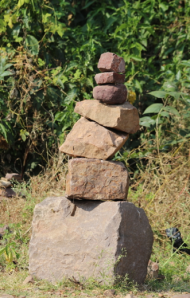
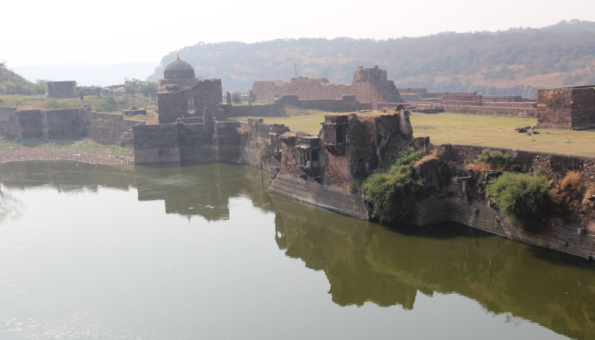
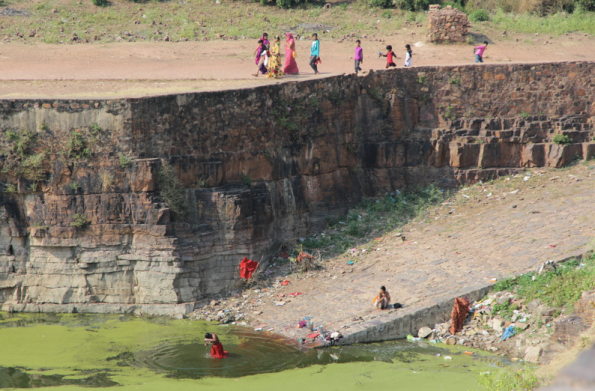
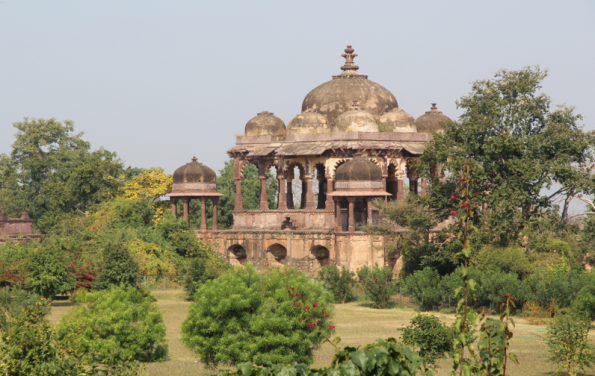



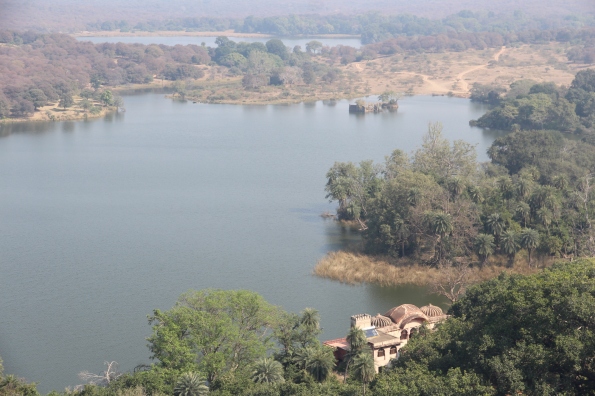
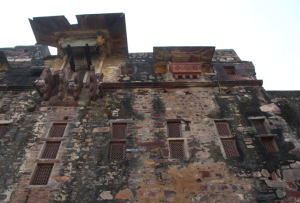

G’day STUNNING photographs Peggy and WHAT an Indian experience to date!
Am loving reading yours and Poor John experiences to date…has been GREAT!
Cheers! Joanne
LikeLike
Thanks so much, Joanne. There’s plenty more to come.
LikeLike
On my first trip to Asia, Japan back in 1967 and when I got home with slides… I was asked where are the pictures of people? So nice to see in this blog photos of local people. I know many people are reluctant to photograph people, but Peggy you have done a good job. And a whole series of temple photos to go along, monkeys and all.
LikeLike
Thank you, Sy. So you know, India is a fantastic place to take people pics. They love having their pictures taken and will even approach you asking to be photographed. Makes it easy.
LikeLike
Great blog! I just love following along on your adventures. It’s almost as good as being there myself! As to the genetics of walking hands behind back… my mum has a snap shot of my Dad and two brothers – probably 3 and 6 at the time all walking in a row, hands behind backs. I also walk that way at times. China shops come immediately to mind. 🙂
LikeLike
Too funny! Poor John is delighted to know that you and he may be related. He agrees (me too) that only a hands-behind-the-back walk will do in a china shop. 🙂
LikeLike
Quite the entry, Peggy! I agree, a great day compared to your disappointing day before! The Cennotaph is wonderful and I’m wondering if there is a significance of the number of 32 columns? Just curious.
This fort looks familiar from the outside however I’ve never seen any of this detail on the inside and am very impressed by it’s size once one learns more about it & its contents along with its impressive impenetrable walls. Cute story with your cow and monkeys as the stage stars with a beautiful set design and screenplay!
You and Poor John are making me super-jealous all over again! With the exception of the camping each and every night I’m green with envy each time I read or re-read one of your journal entries!
Despite their giggling all day those girls have the prettiest outfits, take some cloth or clothing home with you, it’s a product I remember learning about in grade school!
Thank you!
LikeLike
Thanks Dave. Ranthambore Fort really is fabulous. So are Agra Fort and Fatehpur Sikri—I’ll be writing about them soon.
LikeLike
Once again, I’m completely riveted by your stories and pictures…
LikeLiked by 1 person
Thanks. We’re heading back to India next month. 🙂
LikeLiked by 1 person